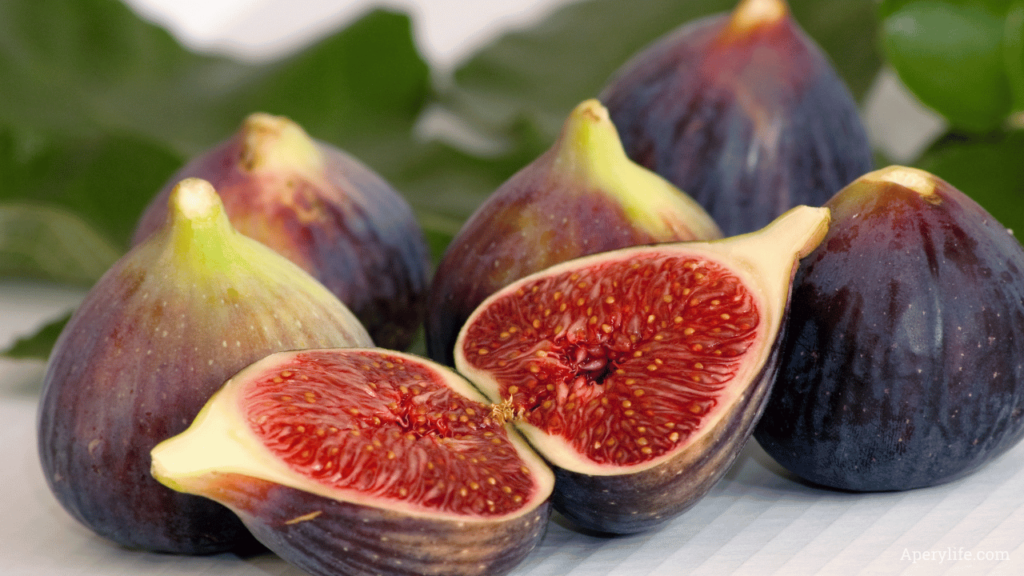From Orchard to Plate: A Dive into the World of Figs
Summer brings with it a myriad of flavors and aromas, including the unmistakable scent of figs. These summer fruits, with their sweet and juicy pulp, are a real treat for the palate and for health. But what do we really know about them?
A Dive into History and Traditions
The history of figs has deep roots in antiquity. Already known to the Egyptians and Greeks, figs were appreciated for their taste and medicinal properties. In Italy, fig cultivation has significantly spread over time, and today our country is one of the leading producers in Europe, with regions like Puglia and Campania boasting a renowned tradition in fig cultivation.
Description:
Figs are a summer fruit loved by many for their sweet taste and juicy texture. Discover everything about figs: when to buy them, how to grow them, and how to use them in the kitchen.
Seasonality: Figs are in season from July to September. This is when they are freshest and most abundant in markets.
General Properties:
Figs are not only tasty but also rich in nutrients. They are an excellent source of fiber, vitamins (A, C, K), minerals (potassium, magnesium, calcium), and antioxidants. These valuable elements contribute to:
- Supporting the immune system
- Promoting digestive health
- Protecting heart health
- Supporting bone health
- Providing energy
Growing Tips about Figs

Growing figs can vary depending on the climate of your region. Here’s how to proceed: If you are fortunate enough to have a garden or an orchard, try the satisfaction of growing your own figs. It is a rewarding experience that will allow you to enjoy a genuine, zero-kilometer product.
Soil Preparation: Figs prefer well-drained soil rich in nutrients. Preparing the soil with compost or well-rotted manure can help improve soil quality.
Sowing or Transplanting:
- In mild climates: If you live in a region with a mild climate, you can plant fig trees in spring or autumn. The plants will have time to establish themselves before the extreme seasons.
- In colder climates: If the climate is colder, it’s better to start fig trees in a greenhouse or in movable pots that can be brought indoors during winter. Plant the trees outdoors only when there is no longer a risk of frost.
Plant Care: Keep the soil moist but not waterlogged, and ensure the plants receive plenty of sunlight. Figs can benefit from mulching to keep the soil moist and reduce weed growth. Regularly fertilize with a balanced fertilizer to promote growth.
Harvesting:
- In mild climates: Figs planted in spring or autumn are ready for harvest during the summer.
- In colder climates: Figs planted in spring can be harvested at the beginning of summer.
Importance of Buying Local Figs

Buying local figs not only supports farmers in your area but also ensures that you are getting the freshest product possible. Freshly harvested figs have a more intense flavor and better quality than those that have traveled long distances. Additionally, buying local figs helps reduce the environmental impact of transportation and promotes sustainable farming practices.
History of Figs:
Figs have been cultivated since ancient times, with references dating back to the Egyptians and Greeks. Today, Italy is one of the leading producers of figs in Europe, with regions like Puglia and Campania renowned for the quality of their figs.
Choosing and Storing Figs
To best enjoy the flavor of figs, it is important to choose them fresh. Here are some tips:
- Appearance: Choose figs with smooth skin, free of spots or cracks.
- Touch: Figs should be soft to the touch but not overly mushy.
- Smell: Fresh figs have a sweet and fragrant aroma.
- Seasonality: Figs are in season from July to September.
Once purchased, figs should be stored in the refrigerator for 2-3 days. It is advisable not to wash them before storage, but only before use. If you have prepared fig preserves or jams, they can be stored in sterilized jars for several months.
A Versatile Ingredient in the Kitchen
Figs are a versatile ingredient in the kitchen and can be used in various preparations:
- Desserts: Fig cake, fig tart, fig ice cream.
- Beverages: Smoothies, shakes, cocktails.
- Appetizers: Figs with prosciutto, fig and cheese salads.
- Preserves: Fig jam, dried figs.
Recipes for All Tastes To stimulate your imagination, here are some fig-based recipes:
- Fig Cake: A timeless classic, perfect for a summer dessert.
- Fig Jam: A delicious way to preserve the taste of figs all year round.
- Fig and Cheese Salad: A fresh and light dish, perfect for a quick lunch break.
Sustainability: A Gesture for Taste and the Environment
An Invitation to Enjoy Summer
Figs are a gift of summer, a fruit that encapsulates flavor, tradition, and wellness. Enjoy them in all their variations, experiment with new recipes, and share the joy of this fruit of the earth with your loved ones.
Choosing local figs means:
- Superior taste: Fresh figs, with a more intense and aromatic flavor.
- Guaranteed quality: Local production with sustainable agricultural practices.
- Less environmental impact: Reduced CO2 emissions and pollution.
- Support for the local economy: Enhancement of the territory and local labor.
How to recognize local figs:
- Market stalls: Prefer stalls that display local products.
- Informative labels: Pay attention to labels; it’s always good to read the product information before purchasing.
And you? What are your favorite recipes?
Reproduction reserved © Copyright Aperylife.com